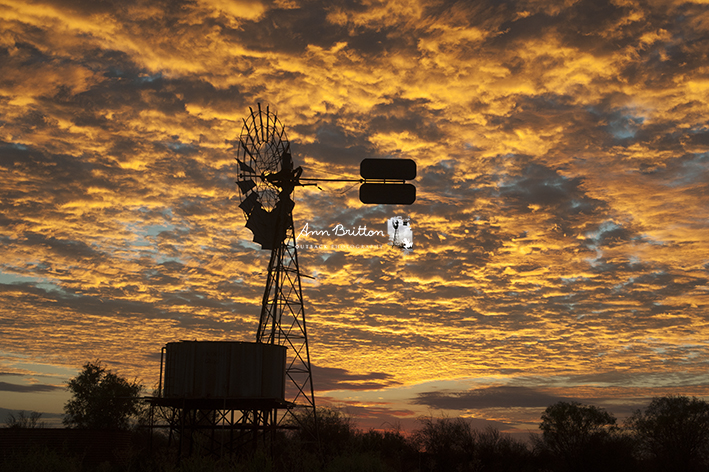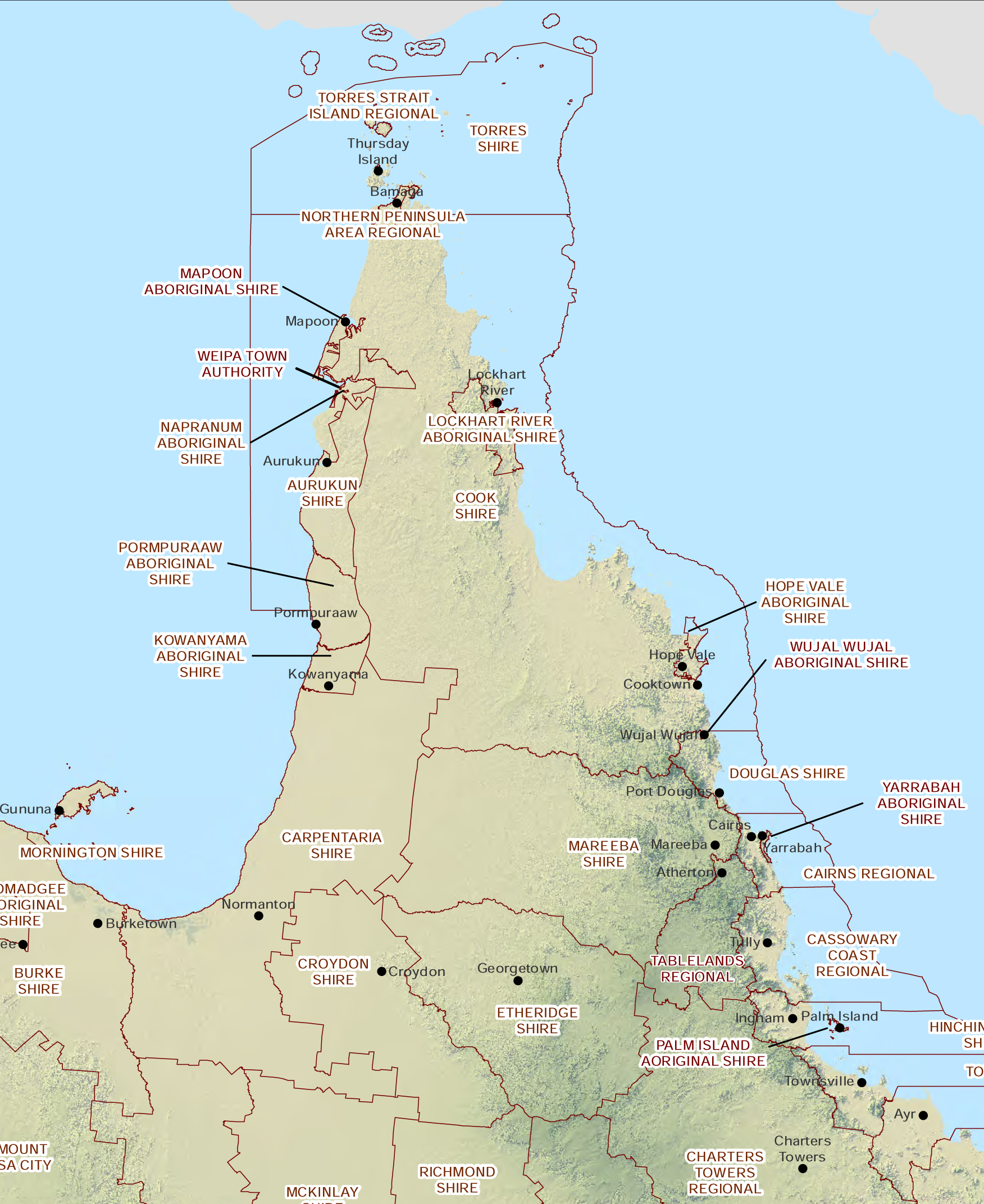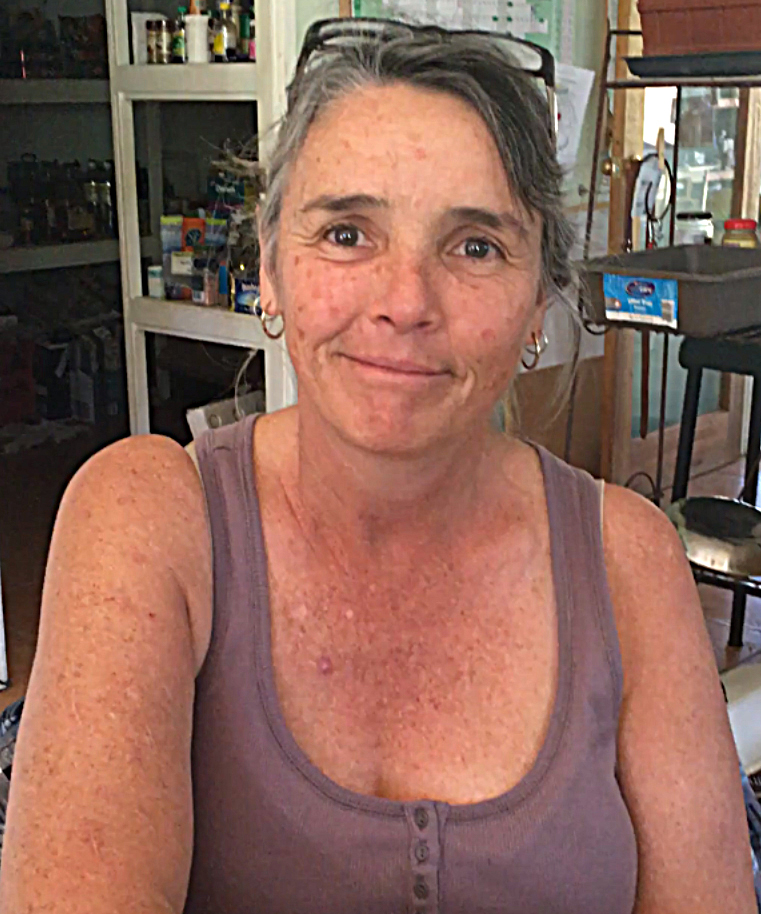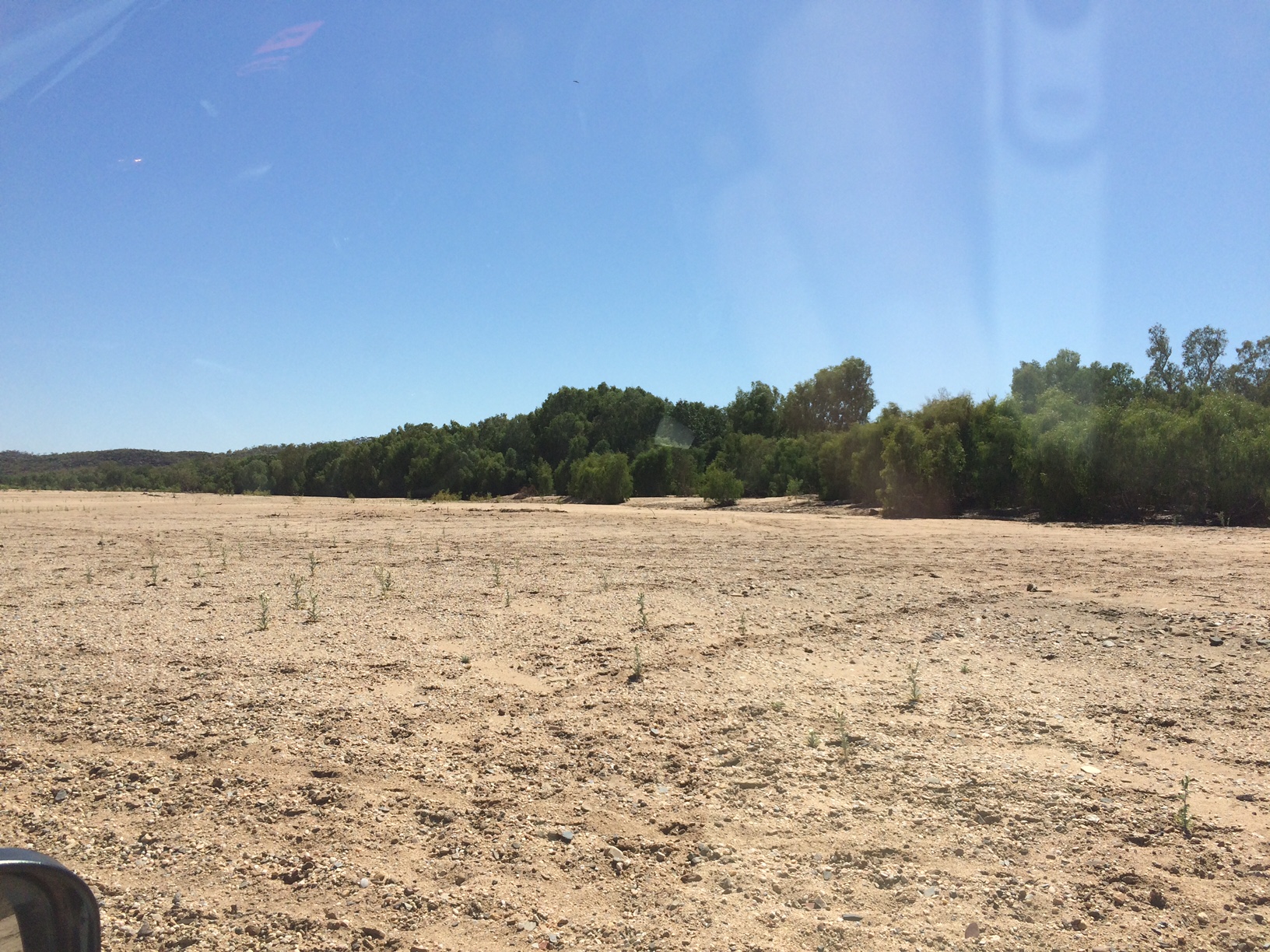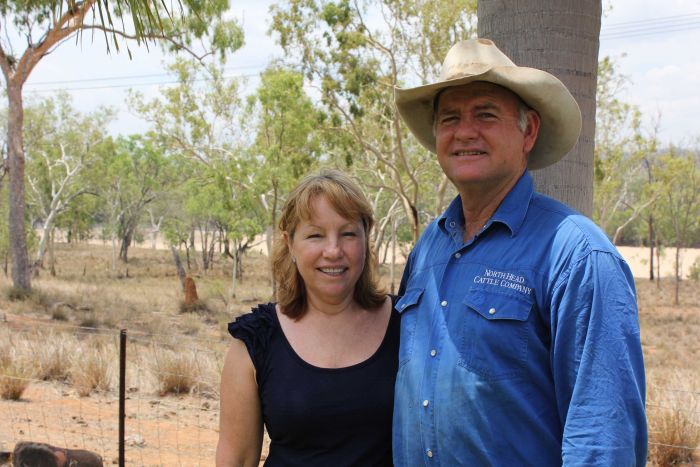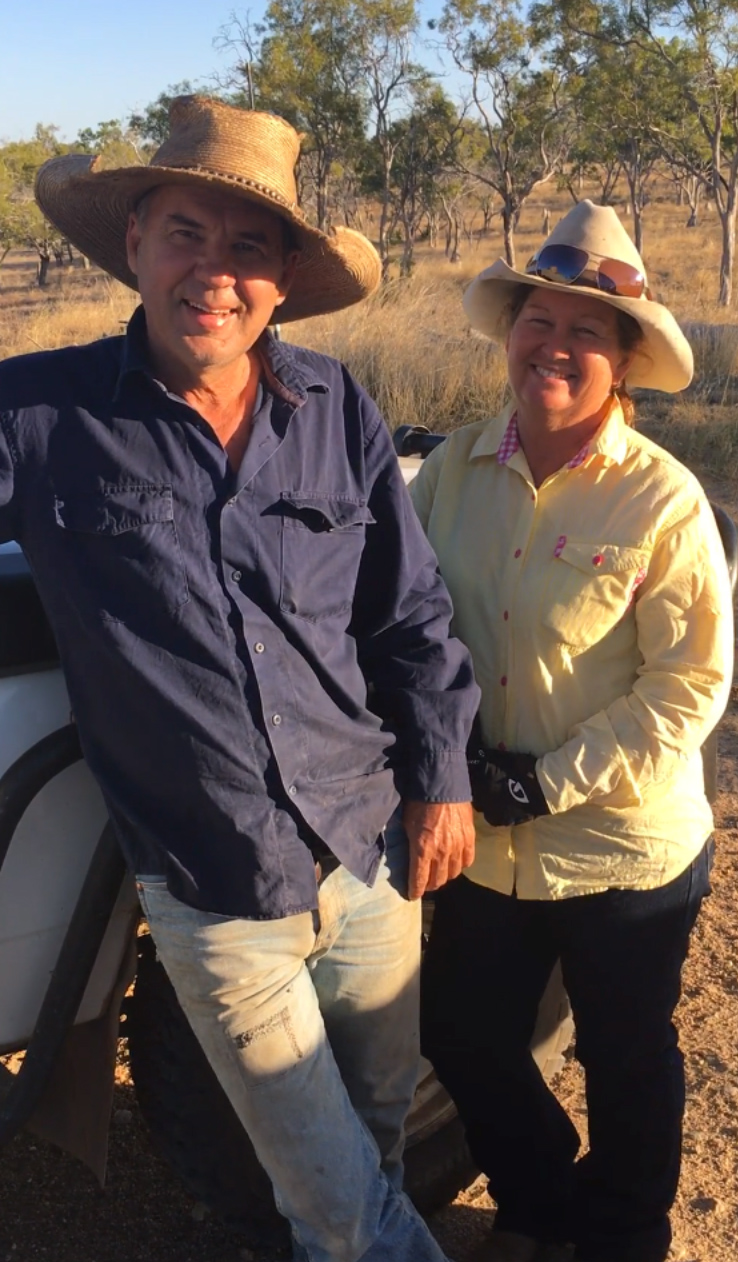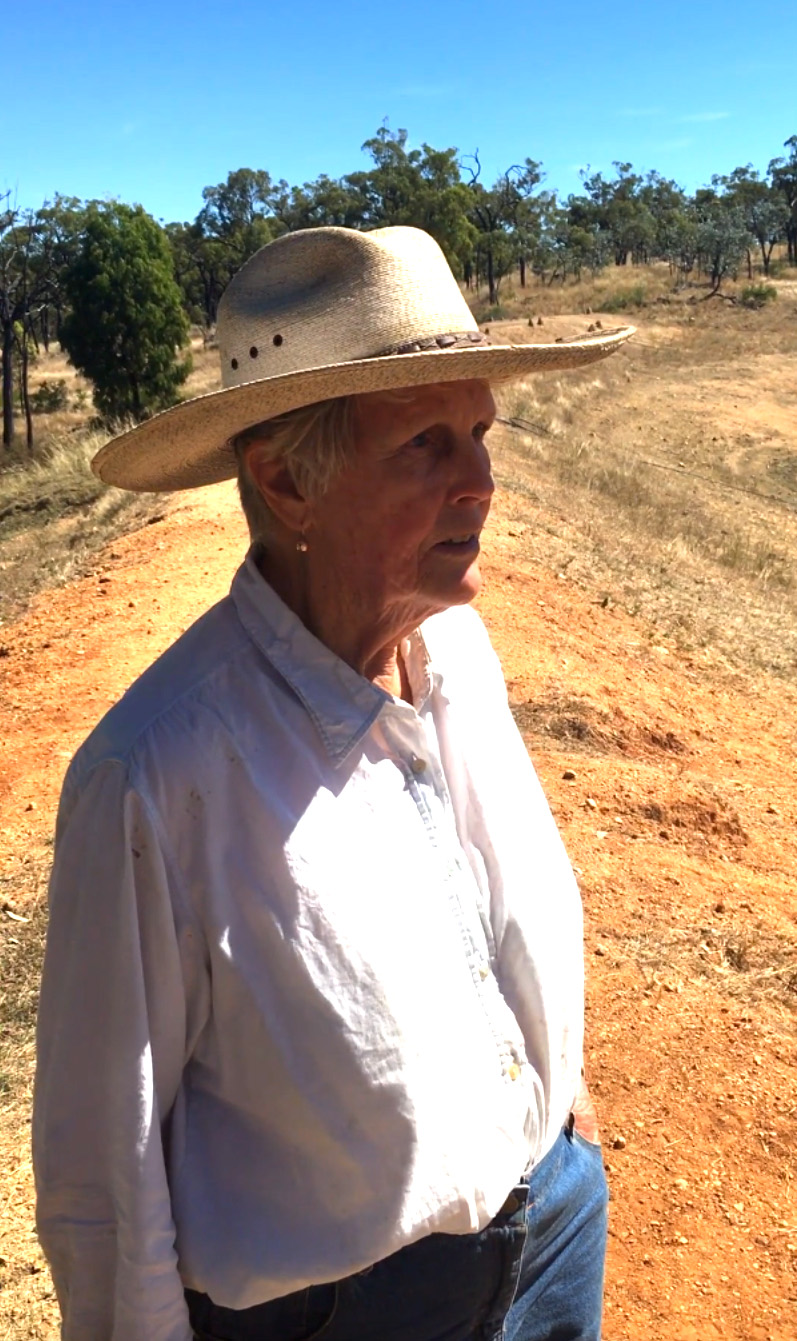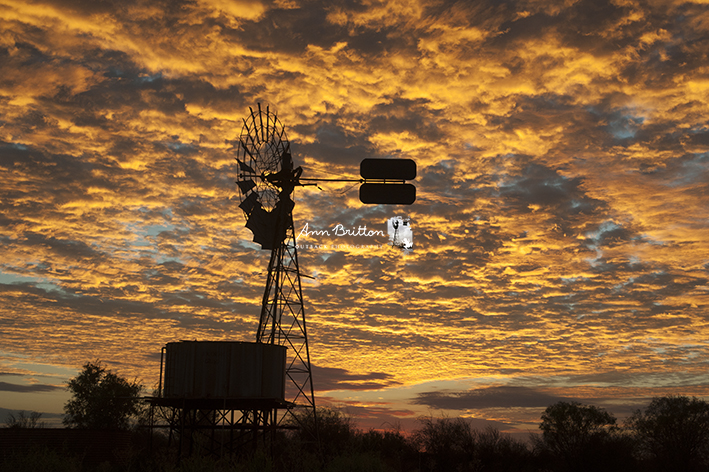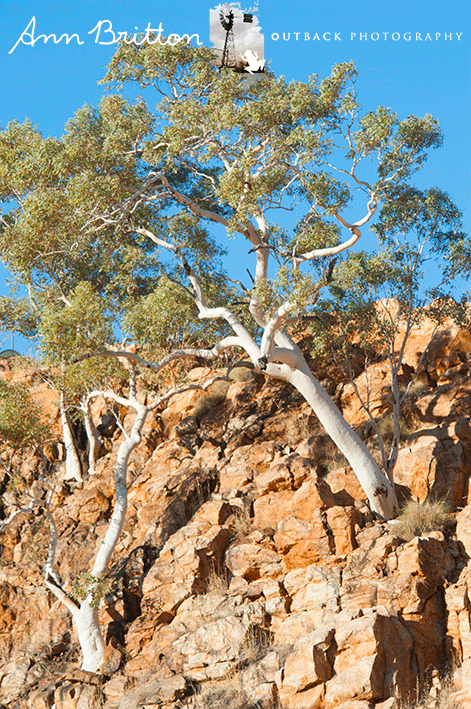Coping with Disasters in Remote FNQ
Coping with Disasters in Remote FNQ
Help us keep a life-saving mobile mental health service going for graziers in remote northern Australia
My name is Dr Richard Musgrove and my mission is to make sure a life-saving mobile mental health service continues in remote regional Far North Queensland.
The service is under threat because ongoing funding is uncertain beyond September (next month), and we need to make sure that the funding continues. Your FNQ neighbours have suffered through a decade-long series of natural (and man-made) disasters that have pushed many families over the edge - huge floods, massive bush fires, the live-export ban, and drought lasting four years, in some places much longer.
Ineke McDowall, Perryvale Station
- "The adversity that has been bought about by the impact of drought over the last five years has had a huge impact on the beef industry across the Gulf region. The services of Crispian Jones to the Etheridge and Croydon Shires have been very effectivein dealing with the psychological wellbeing issues that have impacted this region" Barry Hughes, Gulf Cattlemen's Association, and Grazier, North Head Station, Forsayth.
No grass, means no income, spiraling debt, banks foreclosing and bankruptcy. Imagine losing land that has been in your family for seven generations. Small wonder depression, alcohol and drug abuse, family violence, marriage breakdown and suicide rates are so high.
Barry and Tammy hughes, North Head Station
So, Cris Jones (Seachange Psychology) started his service three and a half years ago, focusing on counselling landholders and families in the privacy of their own homes. To put ‘own homes’ in perspective: - the area (Etheridge and Croydon Shires, FNQ) covers around 69,000 sq Km, an area larger than Tasmania, with the average station about 300 sq Km (30,000 Ha). Over three and a half years Cris has driven 115,000 Km, visited all the stations in his patch at least once, had 780 ‘interactions’, each one between 30 minutes and 6 hours, sometimes longer. He has also had 13 punctures, three shredded tires and many close encounters with local wildlife.
Greg and Carol Ryan, Greenhills Station
Why is this so important?
- "Cris entered our lives at a critical time when families were falling apart due to the drought, economics, and in some cases drug and alcohol abuse, domestic violence and suicide attempts. ..he is still dealing with serious issues such as people recovering from accidents, broken marriages, attempted suicides, domestic violence, loss and grief, anxiety, depression... . ..consider if you would be satisfied if you lived where we do and did not have the necessary service." Terry Cranwell, Ellendale Station
Cris’ service is the only one of its type in Australia, and is funded through the Primary Health Network (PHN). Unfortunately, (as above) funding is uncertain beyond September, as government priorities are shifting to what is likely to be a city-style clinic-based approach. The trouble is, Bush families do not use clinics – too far, too much time off-station, too expensive…too exposed. We are talking about communities where everybody knows each other, and you don’t want to be seen going into a clinic. The clinics are also likely to be many hours to days down the road, if you can get there at all. This is not the city; a city-style clinic model will not work.
The money is likely to run out in September.
- “I wouldn't be alive if Cris hadn't turned up when he did" Anon. Landholder, Etheridge Shire, as related to Cris by Shire Council CEO
- "Cris has been travelling the Etheridge Shire for 3 years (sic) building connections with outback folk and has become a lifeline for many with mental health issues." "We are just one family in this vast region who are reliant on the service Seachange Psychology provides." Ineke McDowall, Perryvale Station
Here is where you can help.
We need your help to show the government and others what it’s really like out there. The money end of town doesn’t go out there much - so we’ll bring the Bush to them.
Mary Dixon, Bagstow Station
We’re planning a short documentary which we’ll pair with a business plan and take to government, mining and agricultural supply companies, banks, foundations and philanthropists.
The cost for the documentary is $14,892, for travel, film-maker and narrator. And the program? Keeping your regional FNQ neighbours supported costs is less than $200,00/year – not much when you consider what’s at risk.
The service really works and is attuned to landowners' culture and needs - we aim to get it taken up nationally, throughout remote and regional Australia, particularly focussed on post-disaster mental health care.
Connections are already being made and discussions are underway, but we need the documentary to start the ball rolling. Please help. You could make a real difference here.
Rewards
Anne Britton, Professional Photographer (http://bit.ly/2iGeuaN) and Grazier, with a passion for the Outback, has generously donated some of her beautiful work to be used as rewards for this campaign. You get to choose up to three 26cm x 40cm evocative prints from a series of 10, for that spot on the wall in the lounge or the office.
A Story from the Bush:
Jim and Annie are both in their forties, weathered, self-reliant, running a cattle station west of Cairns with their two kids (Tom and Lizzie) - a typical Bush family.
It had been really rough over the last decade, with & floods then a four-year drought. Cattle dying, and bugger all income. Kids pulled out of school. At home, it was a pressure cooker - ready to explode. And it did, all too often.
Then one day Cris called.
So, they invited him over, had a bit of a yarn, polite cup of tea then, yeah, well, thanks for dropping by; we’re right thanks, see you later.
But they weren’t…right.
Next morning, early, though the open kitchen window, Annie saw Jim heading across the house yard towards the bush, …with the shotgun.
She calls out to him – no response. Calls again, still nothing. Goes out, …and Jim swings around, with such a look on his face! Hopeless, teary, red-rimmed eyes, vacant.
…then a ute drives into the yard. Cris had picked up on something the previous day, and thought he’d better come back.
Together they got the gun from Jim, and him back in the house. The next twelve hours were pretty horrific. Together and separately Annie and Jim talked it through with Cris. There were tears, with big, self-reliant Jim in a meltdown; Annie, hurt and angry. But they worked it out.
Six months later Jim told a friend that he wouldn’t be alive if Cris hadn’t drive into the yard that dusty sunrise – Cris had saved a life, maybe two. And over the next 12 months he came out regularly - bit of a yarn, cup of tea , ideas offered by Cris, on how to cope…... Today, Jim, Annie and kids are still alive, together, and coping better because Cris read the signs. What value do you put on a life?
Note: This story is based on a compilation of actual events. Jim and Annie, as portrayed, are fictitious. No identification with actual persons (living or deceased) or places, is intended nor should be inferred. Details have also been altered to preserve anonymity.
How The Funds Will Be Used
The cost for the documentary is $14,892, for travel, film-maker and narrator. The funds will be used to make the documentary as follows:
1. A week's worth of travel for the team (Cris Jones, Narrator, Film-maker) around Etheridge and Croydon Shires (an area learger than Tasmania), accommodation, food and film-making supplies
2. Videographer - filming and a week's worth of editing
3. Narrator - pieces to camera and interviews with graziers
As mentioned above, we then use the video and business plan in a presentation to potential funding bodies. Keeping your remote FNQ neighbours supported costs less than $200,000/year – not much when you consider what’s at risk.
The Challenges
Really the major challenge is getting the money end of town to realise that there are mental health issues out in the Bush. The issues are the same as in cities, but not as visible, and with limited support services. The people of the Bush are as diserving of help as any other Australian and they also contribute greatly to the economy, as the mainstay of the nation's cattle industry.
Social Media Shoutout
We'll give you a huge shoutout on Social media - Facebook and Twitter
Shoutout, Outback Photo, and Cert. of Appreciation
We'll give you a huge Shoutout on Social media, an Outback photo, and a magnificent Certificate of Appreciation for your wall
Shoutout and 2 Outback Photos
There will be several stunning and frame-able 26cm x 40cm Outback photos from which to choose, all by professional Photographer Ann Britton
Shoutout, Outback photos and thank-you in Doco
There will be several stunning and frame-able 26 x 40 Outback photos from which to choose, all by professional Photographer Ann Britton. Three photos will be rewarded per ($1000+) pledge plus a Facebook thank-you and an acknowledgement in the Documentary
